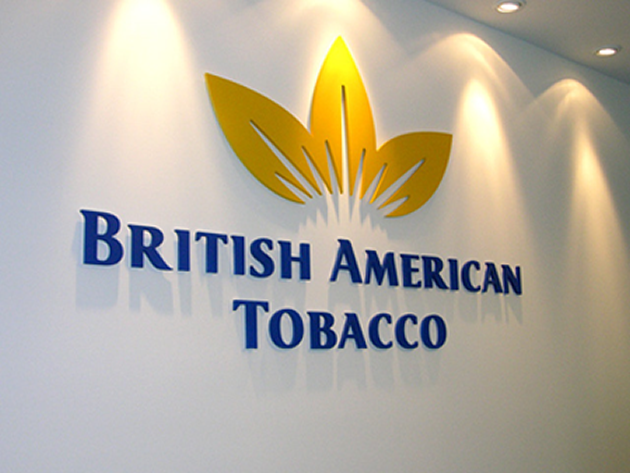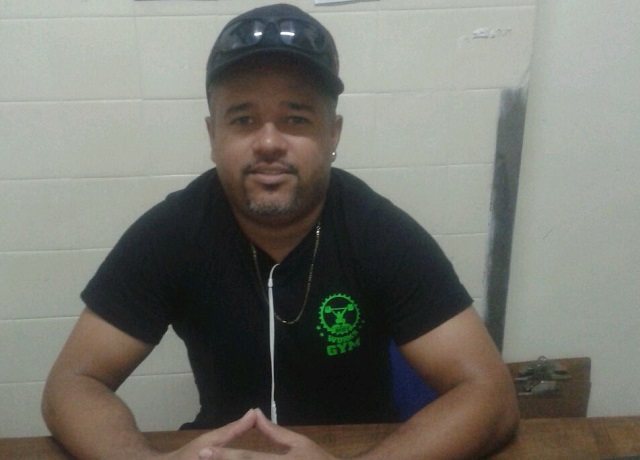BAT faces challenge in new market share competition

THE local unit of global cigarette manufacturer, British American Tobacco (BAT), has dominated the Zimbabwe market for over half a century, but emerging local brands with cheaper offerings are challenging its hegemony, pointing to a difficult road ahead for the giant.
The company reported revenue of $34 million for 2016, its lowest since 2012, on the back of the depressed economic environment characterised by waning disposable incomes, liquidity constraints and the threat of new entrants among others. BAT’s revenue has been trending downwards since 2012, with the highest revenue of $51,9 million being recorded in 2012, 34 percent higher than achieved in 2016.
Although demand for cigarettes is believed to be less responsive to price changes, analysts note that the industry is confronted with elasticity of demand as consumers opt to reduce smoking in the process of allocating limited financial resources given the tough economic environment.
The emergence of competitors with price points of 50 cents/pack has been posing challenges for BAT with customers down-trading to these value offerings, at a time when the excise duty of $20/mille presents a cap on the lowest price possible for legitimate sales (40 cents for a pack of 20s).
Recently, the company told analysts at a briefing that its market share had fallen by a marginal 1 percent to 79 percent during 2016 on the back of new entrants. It stands to follow then that revenue is most likely to decline in the current period as these rivals continue to put pressure. As such, in the previous period, the company increased its expenditure on selling and distribution by 9,4 percent compared to the same period in the prior year to $4,01 million in order to defend it’s sales volumes.
Additionally, during 2017 the company intends to continue with increasing marketing spend in order to defend its market share, a move that will continue to put pressure on the operating margins.
A financial analysis of BAT for the period between 2012 and 2016 shows that the performance of the company has started to deteriorate with revenue and profit negatively impacted by the operating environment.
Gross Profit
Generally the group’s gross profit contracted over the period between 2012 and 2016, with the highest gross profit being recorded in 2015 amounting to $32,3 million. In 2016, the company recorded the lowest gross profit ($24,7 million) since 2012, which is 17 percent lower than the one recorded in 2012.
However, despite the decrease in the amount of gross profit, the gross profit margin has been improving over the period under analysis although there was a slump in 2014. The increase in gross profit margin is attributed to efficient use of resources as the company endeavour to contain costs of sales.
EBITDA
The group’s Earnings Before Income Tax Depreciation and Amortisation (EBITDA) has been increasing on average between 2012 and 2015 before a sharp decline in 2016 to $13,2 million from $22 million in the previous year. EBITDA for 2016 was 29 percent lower than the $18,6 million recorded in 2012 and 40 percent lower than recorded in 2015. Likewise the margin improved in the period between 2012 and 2015 before it went down from 48 percent in 2015 to 39 percent in 2016 on the back of an increase in selling and distribution expenses, as well as price adjustments in a bid to remain competitive.
In the previous period, the company increased its expenditure on selling and distribution by 9,4 percent to $4,01 million and it intends to continue with increasing marketing spend during 2017 in order to defend its market share, a move that will continue to put pressure on the margins.
Operating profit
Operating profit has been on average increasing between 2012 and 2015 before it declined sharply by 42 percent in 2016 to $11,9 million from $20 million recorded in 2015. Likewise the operating profit margin has been improving on average in the same period before it declined from 46 percent in 2015 to 35 percent in 2016.
However, the company has, in a bid to contain costs and improve its operating profit, undertook staff rationalisation exercise and install a new ERP system. At the recent analyst briefing management indicated the residual costs of the ERP system has resulted in the lower than expected savings on administration expenses.
Nonetheless, these initiatives are yet to prove that they will defend and improve its operational efficiency since the latest financial results have shown a decline in operating profit.
Finance costs
Finance costs declined by 91 percent from $740 000 recorded in 2012 to $64 000 in 2016 on the back of a reduction in interest payments associated with borrowing. The company’s financials show that the last borrowing, which amounted to $5,8 million, was recorded in 2012 and thereafter the company has been using its internal funds as reflected by an increase in retained earnings from $5,3 million in 2013 to $9,1 million in 2015. However, retained earnings have started to fall in 2016 owing to reduced net income.
Profit after tax
The group’s after tax profit has been unstable in the period between 2012 and 2016 and similarly, the profit margin. Profit after tax went down 45,22 percent from $15,4 million in 2015, its highest since 2012, to $8,4 million in 2016. The profit margin also went down from 34,2 percent in 2015 to 29 percent.
As a result earnings per share (EPS) dropped from $0,75 in 2015 to $0,41. In 2012 the company recorded EPS of $0,68, which is $0,27 higher than the 2016 figure owing to depressed earnings.
However, the company has been paying dividends to its shareholders and is one of the few companies that are still paying a dividend on regular basis since dollarisation.
Total Assets and Liabilities
Total assets fell by 5,7 percent from $33,6 million recorded in 2012 to $31,7 million in 2016. Generally, total assets decreased between 2012 to 2014 when they fell to $27,7 million before they started to increase in 2015 and 2016 but they are still below the 2012 level. On the other hand, liabilities have been declining on average in the period between 2012 and 2014 before they started to rise in 2015 and 2016. However, in general total liabilities fell by 5,6 percent in the period between 2012 and 2016, from $19,7 million in 2012 to $18,6 million in 2016, partly due to the absence of borrowings since 2013. The financial review of BAT in the period between 2012 and 2016, shows that the company’s financial performance has started to deteriorate owing to the tough operating environment and the emergence of new entrants, which are penetrating the market at lower prices relative to BAT.
Apart from new entrants, revenue is also threatened by the challenges the company is facing in importing some of its critical raw materials on time, a situation which chief executive, Clara Mlambo said they will try to solve by engaging banks to facilitate foreign payments.
Operating margins remain under pressure as the company endeavour to increase marketing efforts in order to defend its market share and in the interim, net profit is most likely to decline on the back of declining revenues and operating income.
BAT’s brand portfolio includes Dunhill, Kent, Lucky Strike and Pall Mall but these brands are much more expensive for a local market in the throes of a liquidity crunch and low disposable income.
Some of the competitors of BAT in cigarette manufacturing include Savanna Tobacco, Cavendish Lloyd Zimbabwe and Cut Rag Processors. — The Source











Comments